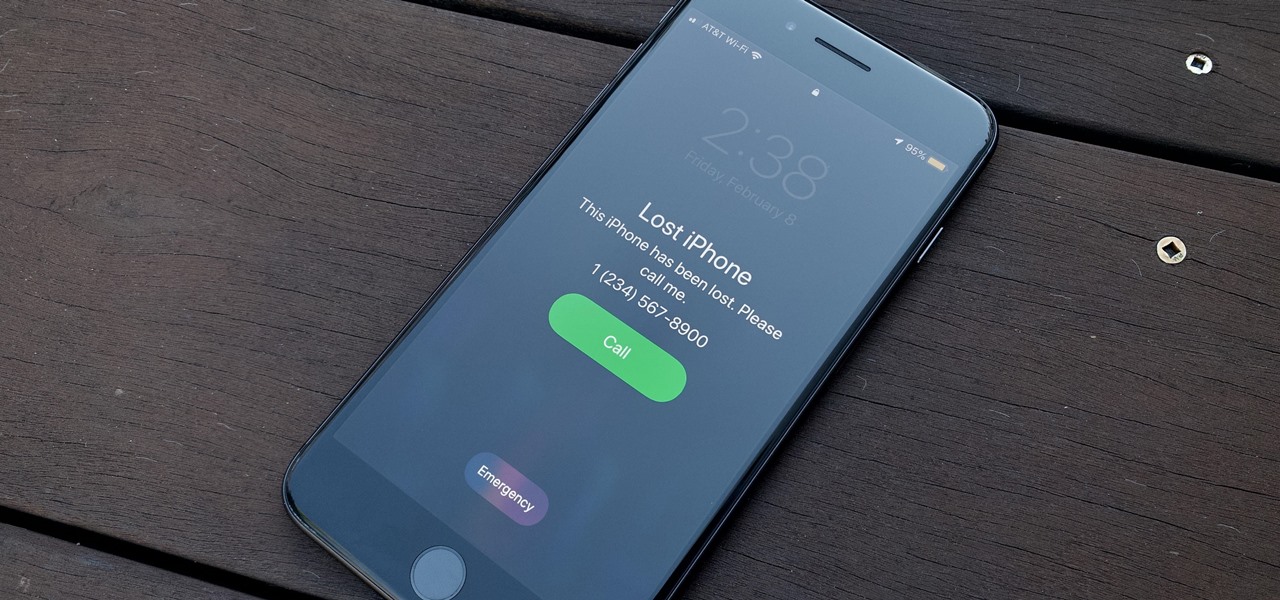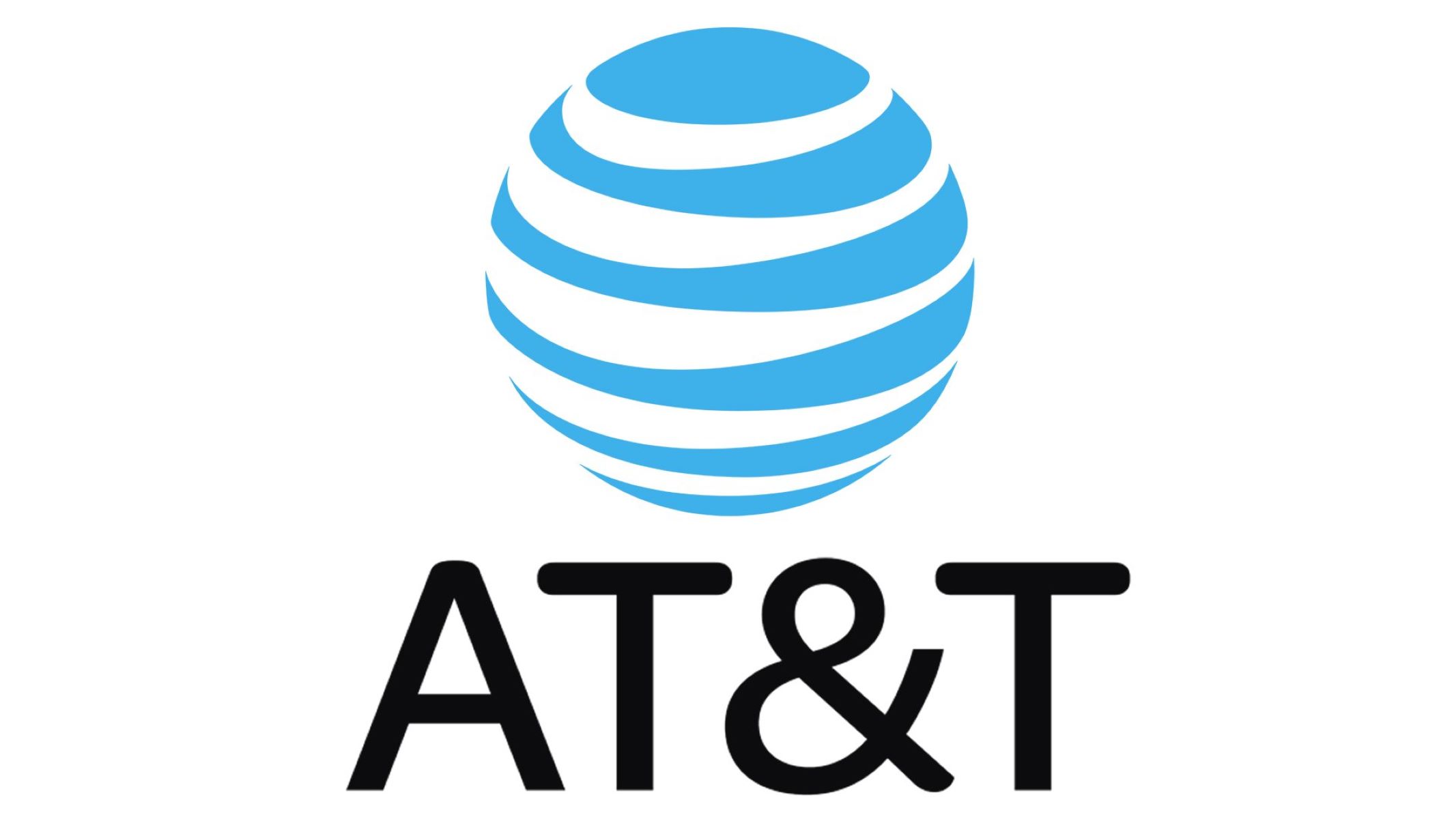Introduction
For many years, Sbcglobal.net email was a popular choice for individuals and businesses looking for a reliable email service. It provided users with a secure and feature-rich platform to communicate and stay connected with others. However, over time, Sbcglobal.net email has undergone various changes and updates, often leaving users wondering what happened to their beloved email service.
Sbcglobal.net email has a rich history that dates back to the early days of the internet. It was initially launched as part of SBC Communications, which later merged with AT&T. The email service offered a personalized domain (@sbcglobal.net) and was widely used by AT&T customers.
As technology advanced and the needs of email users evolved, AT&T made several changes and updates to the Sbcglobal.net email platform. These updates aimed to enhance security, improve user experience, and keep up with the ever-changing email landscape. However, these changes also brought about challenges and difficulties for some Sbcglobal.net email users.
Issues such as login problems, slow performance, and compatibility issues with third-party email clients have been reported by some Sbcglobal.net email users. These issues have led to frustration and confusion among users who were accustomed to the reliability and simplicity of the earlier versions of the email service.
In recent years, AT&T has announced the discontinuation of Sbcglobal.net email. This decision has left many users wondering what alternatives are available to them and how they can transition to a new email provider without losing their important emails and contacts.
In this article, we will explore the history of Sbcglobal.net email, the transition to AT&T, the changes and updates that have taken place, the issues faced by users, and the discontinuation of the service. We will also provide alternative solutions for users who are looking for a new email provider. So, if you have been wondering what happened to Sbcglobal.net email and what your options are, keep reading to find out more.
History of Sbcglobal.net Email
Sbcglobal.net email has a rich and interesting history that is intertwined with the development of the internet and the rise of telecommunications giants. It all began in the late 1990s when SBC Communications, a leading telecommunications company, launched its internet service. As part of their internet offering, SBC Communications provided customers with personalized email addresses that ended in @sbcglobal.net.
The Sbcglobal.net email service quickly gained popularity among internet users, thanks to its user-friendly interface and reliable performance. With ample storage space and features like spam filtering and virus protection, Sbcglobal.net email became the go-to choice for millions of users.
In 2005, SBC Communications merged with AT&T, creating a telecommunications powerhouse. As a result of this merger, Sbcglobal.net email became consolidated under the AT&T brand. However, AT&T continued to allow existing Sbcglobal.net email users to retain their @sbcglobal.net email addresses.
Over the years, AT&T made various updates and improvements to Sbcglobal.net email to keep up with the changing demands of email users. These updates included enhancing security measures to protect user data and introducing new features to improve the overall user experience.
One significant change occurred in 2012 when AT&T collaborated with Yahoo! to provide the backend infrastructure for Sbcglobal.net email. This partnership allowed Sbcglobal.net email users to access their accounts through Yahoo! Mail and take advantage of Yahoo!’s robust email platform.
Despite these updates, some users experienced difficulties with their Sbcglobal.net email accounts, such as login issues or problems syncing emails across devices. However, AT&T continued to provide support and troubleshooting resources to address these issues and ensure a satisfactory email experience for its users.
As the email landscape evolved, AT&T recognized the need to offer users more advanced email features and a modernized platform. This led to the decision to eventually discontinue Sbcglobal.net email and encourage users to migrate to alternative email services.
Overall, the history of Sbcglobal.net email is a testament to the rapid development of the internet and the constant need for telecommunications companies to adapt to changing user demands. While the service may no longer be available, its legacy as a reliable and widely-used email platform lives on.
Transition to AT&T
The transition of Sbcglobal.net email to AT&T marked a significant milestone in the history of the email service. With the merger between SBC Communications and AT&T in 2005, Sbcglobal.net email became part of the AT&T brand, while still maintaining its distinctive @sbcglobal.net domain.
During the transition, existing Sbcglobal.net email users were assured that their email addresses would remain intact, allowing for a seamless migration from the SBC Communications platform to AT&T. This meant that users could continue using their @sbcglobal.net email addresses and access their emails through the AT&T webmail or compatible email clients.
AT&T provided extensive support and resources to guide users through the transition process, ensuring that they could seamlessly transfer their emails, contacts, and other important data to the new AT&T email system. The assistance ranged from step-by-step instructions to dedicated customer support for users who faced any challenges during the transition period.
One of the major advantages of the transition to AT&T was that it opened up more possibilities for Sbcglobal.net email users. AT&T offered an enhanced email platform with additional features, improved security measures, and a modernized user interface. This allowed users to experience a more robust and efficient email service that catered to their evolving needs.
Furthermore, the transition to AT&T provided Sbcglobal.net email users with a wider range of services and benefits beyond just email. AT&T offered bundled packages that combined internet, TV, and phone services, allowing users to enjoy a seamless and integrated experience across multiple communication channels.
Overall, the transition of Sbcglobal.net email to AT&T was a strategic move that aimed to provide users with a more comprehensive and advanced set of communication tools. It allowed users to benefit from AT&T’s expertise and resources, leveraging the company’s extensive telecommunications infrastructure for a better email experience.
Although some users faced initial challenges during the transition period, AT&T’s commitment to customer support and the continued development of the email platform ensured a smooth and successful migration for the majority of Sbcglobal.net email users.
Changes and Updates to Sbcglobal.net Email
Throughout its existence, Sbcglobal.net email underwent several changes and updates to meet the evolving needs of its users. These changes aimed to provide a more secure and user-friendly email experience. Let’s explore some of the significant updates that Sbcglobal.net email went through.
1. Enhanced Security Measures: In response to growing concerns about email security, Sbcglobal.net email implemented various measures to protect user accounts from unauthorized access and spam. This included strengthening password requirements, introducing two-factor authentication, and implementing advanced spam filters.
2. Integration with Yahoo! Mail: In 2012, AT&T partnered with Yahoo! to provide the backend infrastructure for Sbcglobal.net email. This integration allowed Sbcglobal.net email users to access their emails through Yahoo! Mail, gaining access to Yahoo!’s robust features and capabilities.
3. Improved User Interface: Sbcglobal.net email underwent multiple updates to improve its user interface and make it more intuitive and user-friendly. These updates included streamlining the layout, introducing a cleaner design, and enhancing the navigation experience for users.
4. Increased Storage Capacity: As the volume of emails and attachments continued to grow, Sbcglobal.net email responded by increasing the mailbox storage capacity. This allowed users to store more emails, photos, and important documents without having to constantly delete or make space for new messages.
5. Mobile Accessibility: Recognizing the importance of mobile devices in today’s digital landscape, Sbcglobal.net email made efforts to optimize its platform for mobile access. Users were provided with mobile apps and improved compatibility with smartphones and tablets, ensuring they could access their emails on the go.
6. Consolidation of AT&T Services: AT&T aimed to create a seamless and integrated experience for its customers, which led to the consolidation of various services. Sbcglobal.net email users were able to access AT&T services such as internet, TV, and phone packages, all under one unified account.
These changes and updates were aimed at enhancing the overall user experience, improving security, and keeping pace with the advancements in email technology. However, like any transition, there were challenges and concerns raised by some users, particularly during the integration with Yahoo! Mail and the adjustment to the new user interface.
Despite these challenges, the changes and updates to Sbcglobal.net email signified AT&T’s commitment to providing its users with a modern and feature-rich email platform. It allowed users to enjoy a more secure and convenient email experience, adapting to the ever-changing demands of the digital age.
Issues with Sbcglobal.net Email
While Sbcglobal.net email offered a reliable and feature-rich email service, it was not without its fair share of issues. Some users encountered various challenges that affected their overall experience with the platform. Let’s explore some of the notable issues that were reported by Sbcglobal.net email users.
1. Login Problems: One commonly reported issue was login problems, where users had difficulty accessing their Sbcglobal.net email accounts. This could be due to incorrect login credentials, server issues, or compatibility problems with certain web browsers or devices.
2. Performance Issues: Some users experienced performance issues, such as slow loading times, delays in sending or receiving emails, or a laggy interface. These issues may have been due to technical glitches, heavy server loads, or internet connection problems.
3. Compatibility with Third-Party Email Clients: Sbcglobal.net email users who preferred to access their emails through third-party email clients, such as Outlook or Thunderbird, occasionally encountered compatibility issues. This could result in problems with email syncing, accessing certain features, or configuring the email client correctly.
4. Spam and Security Concerns: Like any email service, Sbcglobal.net email faced its fair share of spam and security concerns. While the platform implemented spam filters and security measures, some users still reported receiving an excessive amount of spam emails or being victims of phishing attempts.
5. Customer Support Challenges: Some users expressed frustration with the customer support provided by Sbcglobal.net email. They reported delays in receiving assistance or difficulties in finding prompt and satisfactory solutions to their issues.
It’s important to note that not all users encountered these issues, and many Sbcglobal.net email users had a smooth and trouble-free experience. However, for those who faced problems, these issues could impact their productivity and satisfaction with the email service.
AT&T acknowledged and worked to address these issues by providing ongoing technical support, troubleshooting resources, and regular updates to improve the performance and usability of Sbcglobal.net email. Despite the challenges, many users continued to use the email service, appreciating its features and reliability.
As the email landscape continues to evolve, it’s essential to recognize the difficulties that some users faced with Sbcglobal.net email. These issues highlight the importance of continuous improvements and user-focused support to ensure a positive and seamless email experience for all users.
Sbcglobal.net Email Discontinuation
After years of providing users with a reliable email service, AT&T announced the discontinuation of Sbcglobal.net email. This decision came as a result of the company’s strategic shift to focus on other communication services and to streamline their offerings.
AT&T sent notifications to Sbcglobal.net email users, informing them about the upcoming discontinuation and providing guidance on how to migrate to alternative email providers. These notifications outlined the timeline for the discontinuation and emphasized the importance of transitioning to a new email service to avoid losing access to their emails and contacts.
The discontinuation of Sbcglobal.net email presented users with the need to choose a new email provider. AT&T recommended using their current AT&T email services or transitioning to popular email platforms like Yahoo! Mail or Gmail, which offered similar features and capabilities.
It is important to note that users were encouraged to take prompt action and migrate their emails and contacts to the new email service before the discontinuation date. AT&T provided detailed instructions and resources to guide users through the migration process, ensuring a smooth transition without losing any important data.
While the discontinuation of Sbcglobal.net email may have caused some inconvenience for users, it was a necessary step as AT&T reevaluated its product offerings and focused its resources on other communication technologies. This shift allowed AT&T to invest in more advanced services and meet the changing needs and demands of its customers.
Despite the discontinuation, users were still able to retain their @sbcglobal.net email addresses and access other AT&T services. However, it was vital for users to transition their email accounts to a new provider to continue receiving and sending emails seamlessly.
AT&T’s discontinuation of Sbcglobal.net email also highlights the ongoing evolution of email services and the need for users to adapt to new technologies and platforms. It serves as a reminder for users to regularly backup their emails and important data to avoid any potential loss in the future.
In summary, the discontinuation of Sbcglobal.net email marked the end of an era for many users. It required them to migrate their emails and contacts to a new email provider to continue their online communication. While it may have presented some challenges, it was a necessary step as AT&T redirected its focus and resources towards other communication services.
Alternatives to Sbcglobal.net Email
With the discontinuation of Sbcglobal.net email, users were prompted to seek alternative email providers to meet their communication needs. Fortunately, there are several reliable and popular alternatives available that offer similar features and functionality. Here are some of the top alternatives to consider:
1. Gmail: Gmail, provided by Google, is one of the most widely used and feature-rich email services available. It offers a user-friendly interface, ample storage space, powerful spam filters, and seamless integration with other Google services.
2. Outlook.com: Outlook.com, powered by Microsoft, is another popular choice for email. It provides a clean and organized interface, robust security features, and integration with other Microsoft services like OneDrive and Office Online.
3. Yahoo! Mail: Yahoo! Mail, which partnered with AT&T for Sbcglobal.net email, remains a viable option. It offers a familiar interface, reliable performance, and features such as spam filters, email organization tools, and access to Yahoo!’s news and entertainment content.
4. Zoho Mail: Zoho Mail is a professional email platform that provides individuals and businesses with a customizable email experience. It offers a clean interface, advanced security features, and integration with other productivity apps.
5. ProtonMail: ProtonMail is known for its focus on privacy and security. It offers end-to-end encryption, self-destructing emails, and advanced security features to protect user data.
When choosing an alternative email provider, consider factors such as storage space, interface usability, security features, integration with other services, and any specific requirements you may have for your email usage.
Before transitioning to a new email provider, it is crucial to ensure a smooth transfer of your existing emails and contacts. Most email services provide tools and instructions to import your emails from other providers, making the transition as seamless as possible.
Additionally, don’t forget to update your email address with important contacts, subscriptions, and online accounts to ensure uninterrupted communication. It’s a good opportunity to review your email usage and declutter your inbox by unsubscribing from unwanted newsletters and organizing your emails more effectively.
While it may take some time to adjust to a new email provider, exploring alternatives allows you to discover new features, improve productivity, and adapt to the evolving landscape of online communication.
Ultimately, selecting an alternative email provider that meets your specific needs will ensure a seamless and enjoyable email experience as you bid farewell to Sbcglobal.net email.
Conclusion
The evolution of Sbcglobal.net email, from its inception to its discontinuation, reflects the ever-changing landscape of digital communication. Over the years, Sbcglobal.net email provided users with a reliable and feature-rich platform to connect with others. However, with the shift in AT&T’s focus and technological advancements, the discontinuation of Sbcglobal.net email became necessary.
While the discontinuation may have caused inconvenience for some users, it also presented an opportunity to explore alternative email providers that offer similar features and functionalities. Gmail, Outlook.com, Yahoo! Mail, Zoho Mail, and ProtonMail are just a few of the viable alternatives available to former Sbcglobal.net email users.
During the transition, it is important to follow the provided instructions to migrate your emails and contacts to the new platform, ensuring a seamless transfer of your data. It is also advisable to update your email address with important contacts and online accounts to prevent any disruption in communication.
Although the discontinuation of Sbcglobal.net email may mark the end of an era, it also signifies the ever-evolving nature of technology and the need for users to adapt to new platforms and services. It reinforces the importance of regularly backing up your data and being prepared for future changes in the digital landscape.
While the legacy of Sbcglobal.net email lives on in the memories of its users, the transition to alternative email providers presents an opportunity to embrace new features, improved security measures, and a fresh email experience. With various alternatives available, users have the freedom to choose a provider that best suits their needs and preferences.
As we move forward in the ever-changing world of digital communication, let’s embrace these transitions and explore the possibilities offered by alternative email providers. Say goodbye to Sbcglobal.net email, but remain excited about the new opportunities that lie ahead.
























